PCBX.com Resources
Your source for industry knowledge, news, and expert insights

Latest Posts
Article
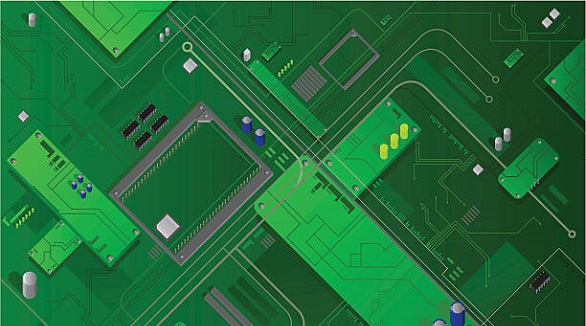
PCB panelization improves productivity, reduces costs, and facilitates automation by assembling several smaller PCBs into one large panel, ensuring uniformity.
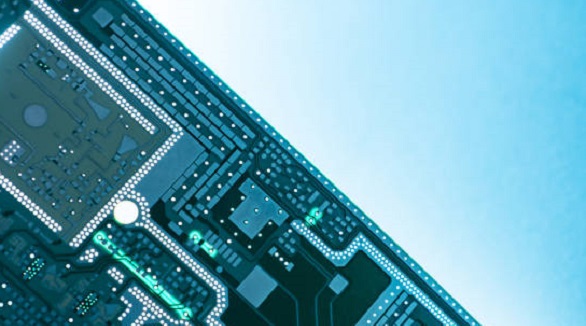
PCB routing is crucial for transforming schematics into functional layouts by ensuring electrical connectivity, signal integrity, and manufacturability amidst evolving design challenges.

PCB footprints are essential for ensuring accurate component placement, electrical connections, and overall reliability, significantly impacting the manufacturability and performance of electronic devices.
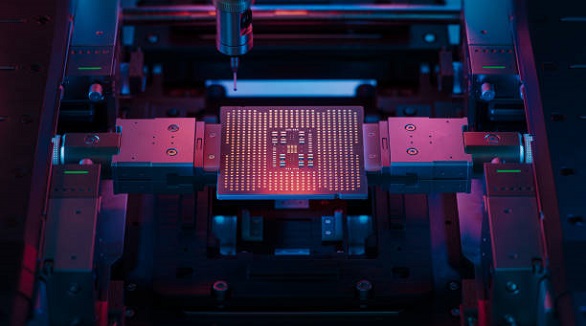
BGAs are vital for compact, high-functionality devices, but demand meticulous routing to overcome design challenges in reliability, manufacturability, and signal integrity.
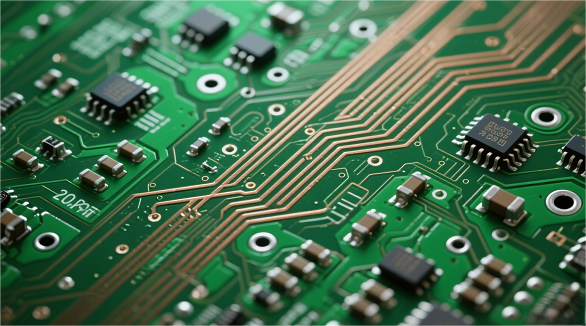
Signal reflection in PCBs, due to impedance mismatches, can be managed with impedance matching, termination methods, and strategic layout to ensure reliability.
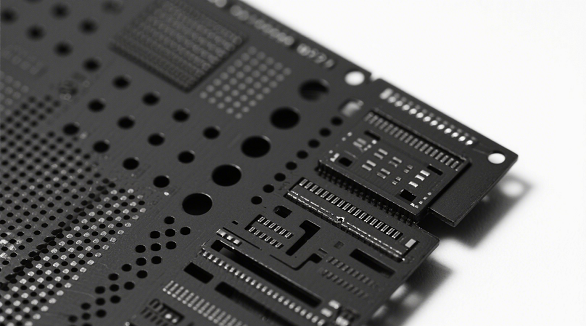
Step stencils optimize solder paste for varying component sizes in PCBs, enhancing reliability and reducing defects in complex designs with precision.

Thermocouples are essential transducers that convert heat into electrical voltage, requiring no external power, and are integral in accurate temperature measurement within modern PCB design.
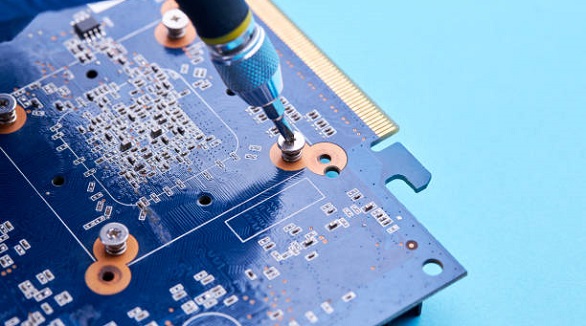
Tooling holes in PCBs ensure precision and stability, reduce costs, and enhance manufacturing efficiency, playing a crucial role in high-quality production.